When you walk through the doors of the National Gallery of Canada and spy children playing on a massive new art installation now gracing the main entrance, it’s clear the gallery’s new Indigenous art exhibition is re-writing the rules.

The installation, created by internationally renowned Sami artist and architect Joar Nango from Norway, is a two-storey structure that invites visitors not just to observe its mixed-medium elements of wood and tanned animal skins, but includes a collection of books visitors can pick up and leaf through — books on activism, colonialism and Indigenous architecture, all from the artist’s personal collection.

The piece is one of several in the public spaces of the gallery that were created “in-situ,” shaped and composed on-site, giving them an immediacy and a relevance to the space they now inhabit — all a part of a new large-scale Indigenous art exhibition at the gallery near Parliament, called Àbadakone / Continuous Fire.
It is the gallery’s second in a planned series of international Indigenous art exhibitions, and it features more than 100 works by 70 artists identifying with about 40 Indigenous nations, ethnicities, and tribal affiliations from 16 countries around the world, including Canada.
Nango’s installation at the gallery’s entrance was created with materials amassed from a makers gathering, which invited Indigenous people to come to the amphitheatre of the gallery and take part in traditional hide tanning and skinning.
The skins they treated, the wood they blackened and even the cardboard used to protect the museum floors were used to create Nango’s art installation, making it a fluid and unpredictable piece that also included knowledge-sharing among the Indigenous hide-tanners and the artists and museum curators.
“We didn’t know what was going to happen and we had to be OK with that,” said Rachelle Dickenson, one of the curators of the Àbadakone exhibition.
“We’ve broken precedent,” she explained, noting that museum staff had to be flexible with the mystery of how this installation would eventually manifest — and how it will continue to exist in the space.

Get daily National news
“There are hides in this installation that are oozing oil, because they’re not finished.
“And the fact that they’re in the National Gallery emitting oil is revolutionary.”
Walking up through the gallery’s colonnade to the great hall, large neon pink and green words in Plains Cree syllabics on the floor lead visitors to the wing of the gallery hosting the Àbadakone exhibition. They are meant to express hope and encouragement for First Nations to reclaim their languages. They don’t include English or French translations.
Dickenson says part of the curatorial vision of the exhibition was to present a series of questions, and this installation forces visitors to look up the meanings of the Cree words if they want to understand the message from the artist, Joi T. Arcand.
“Part of it is to emphasize that the roles and responsibilities for sharing information are shifting,” Dickenson said.
Inside the exhibition galleries, a wide variety of art pieces and experiences offer visitors a vibrant, moving and often unflinching look at Indigenous lives, loves and tragedies.
Some of the pieces are meant to be experienced as performances that will “activate” the art installations, scheduled on various days throughout the six-month exhibition.
Other pieces involve a wide range of media, including video, photography, light, sculptures, masks and other textiles. Many of them offer deep symbolism, such as a piece by Canadian Inuvialuk artist Maureen Gruben called “Seal in our Blood.” A rope made of deep red velvet and sealskin suspended from the ceiling is meant to allude to the importance of the seal hunt in Inuvialuit culture and to convey the connection between the flow of water and blood.
Some of the art installations explore the emotions that come from the traumas endured by Indigenous populations in Canada and around the world. A large, emotional piece by Joseph Tisiga is made up of a series of architectural plans from a now-demolished residential school in Whitehorse with the words “The game can not be won” written on them in large black letters.
Another three-piece set of images by Ruth Cuthand made from brightly coloured beads depict the diseases that affected Indigenous populations upon the arrival of Europeans during the early colonization of Canada.
Dickenson says the museum’s curators designed the exhibition in part to dispel what she believes are “static” preconceptions people may have of Indigenous art.
“Whether it’s an understanding of North American Indigenous art or international Indigenous art, any expectations of what that might look like can be left at the door,” she said.

She also hopes the art will spark a dialogue about Indigeneity — about what it means, who has the right to speak about it and the many complex questions that arise from those conversations.
“This institution and this place, Canada, represents an opportunity that not all countries have — to bring people and artworks together in this way and to bring critical dialogue together in this way,” she said.
“A lot of the artists do already know each other, a lot of the artists have collaborated, they’re all coming from a place of love and care, even if it’s a deeply critical perspective … so I also hope that people come out delighted, and also that they feel that kind of love and connection.”
The Àbadakone / Continuous Fire exhibition will be featured in the National Gallery of Canada in Ottawa until April 5. Performances, family days and public talks with the curators are scheduled throughout the exhibition.
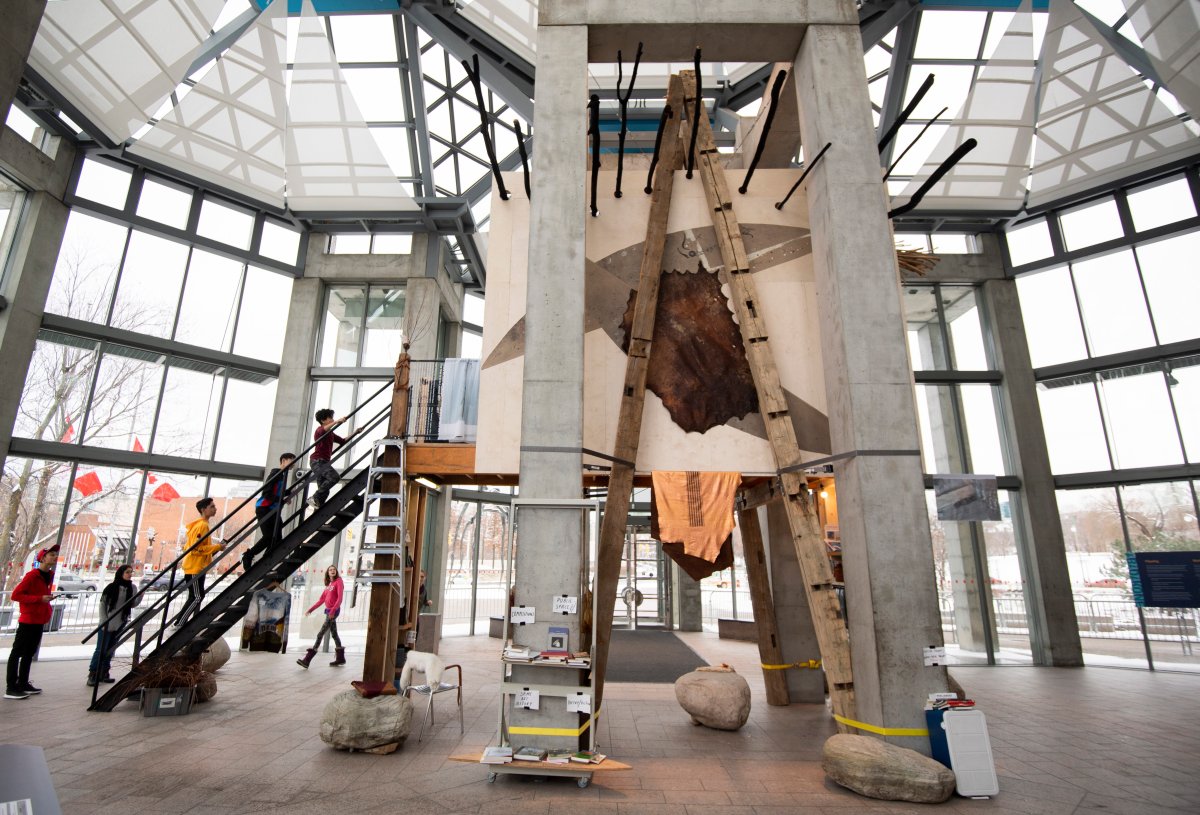




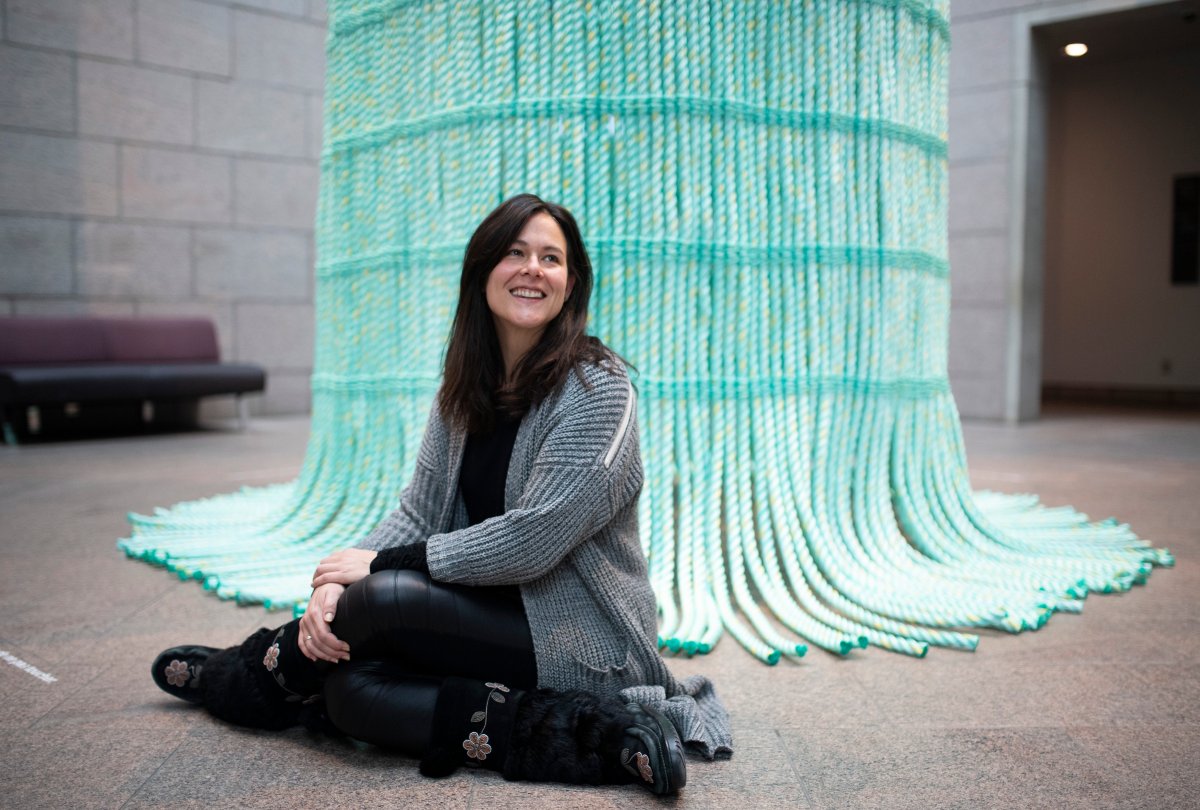



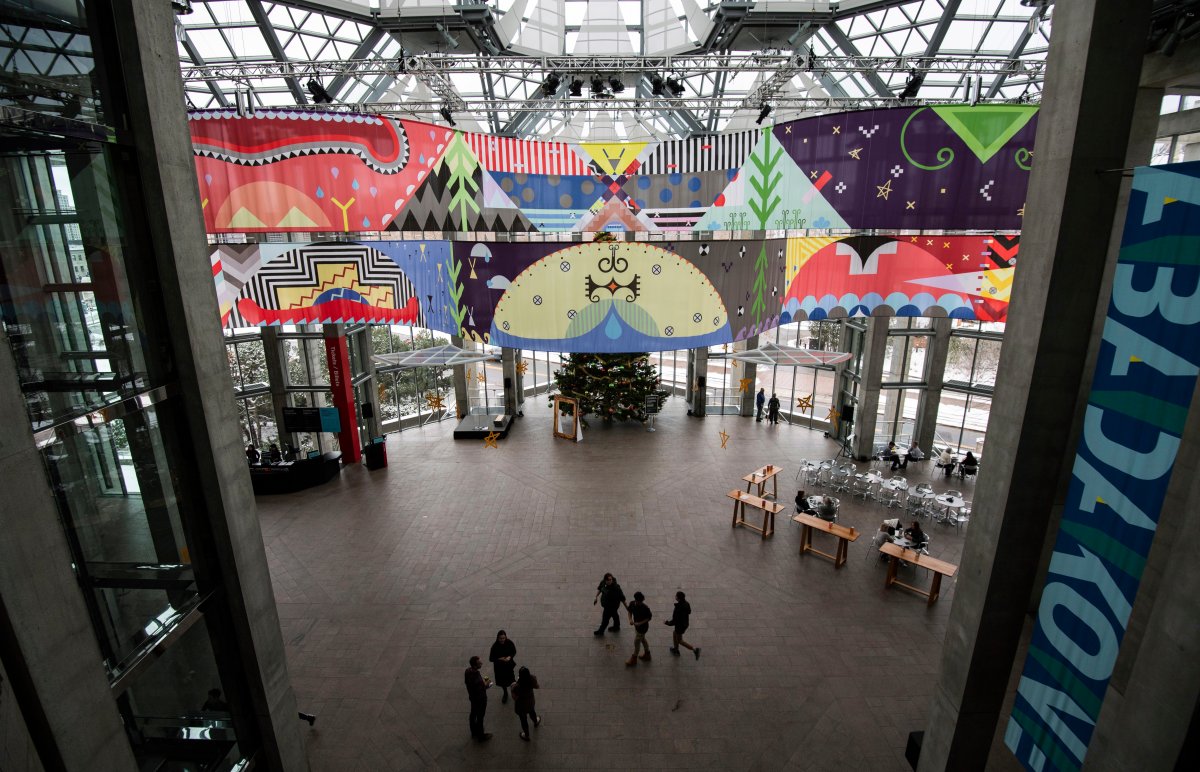

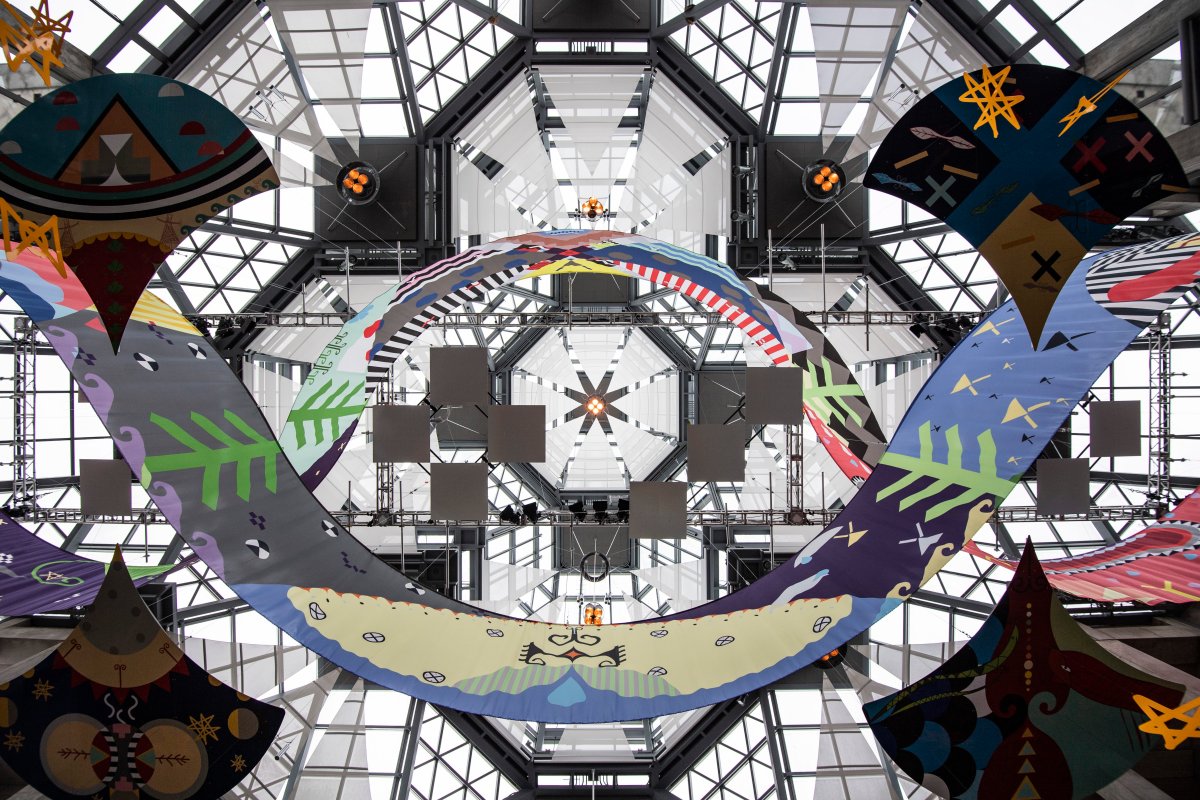

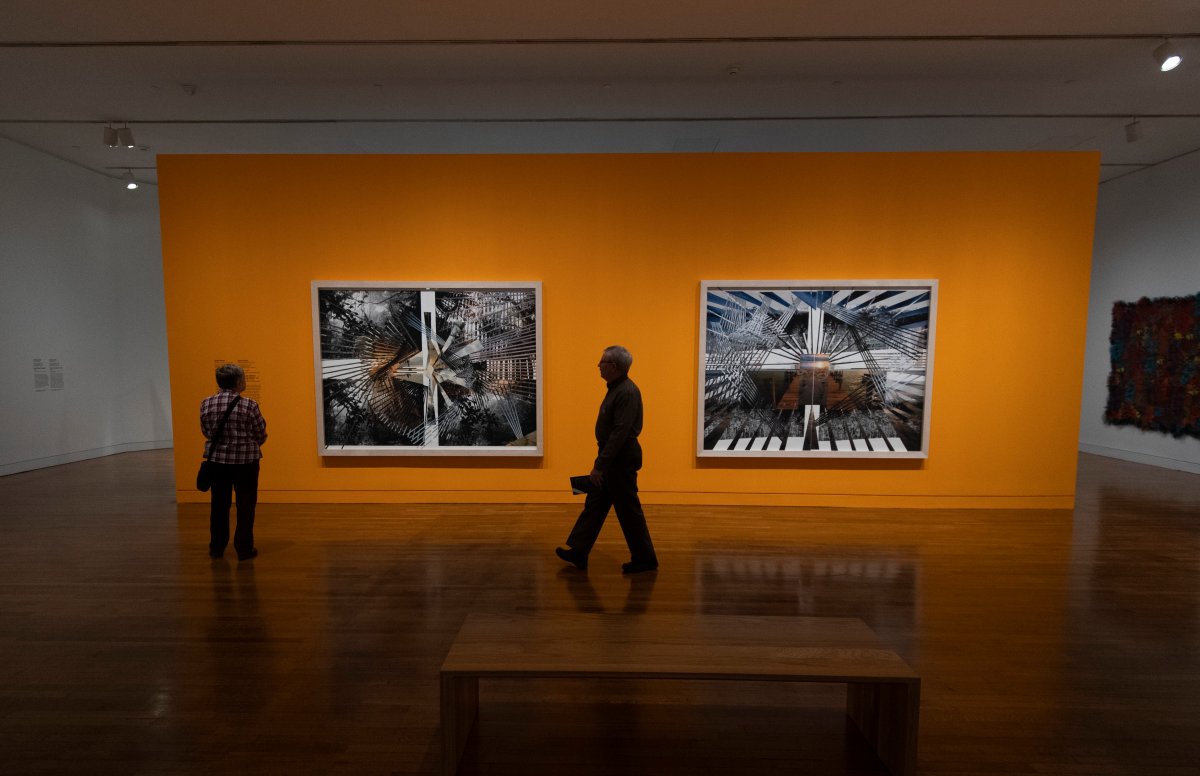

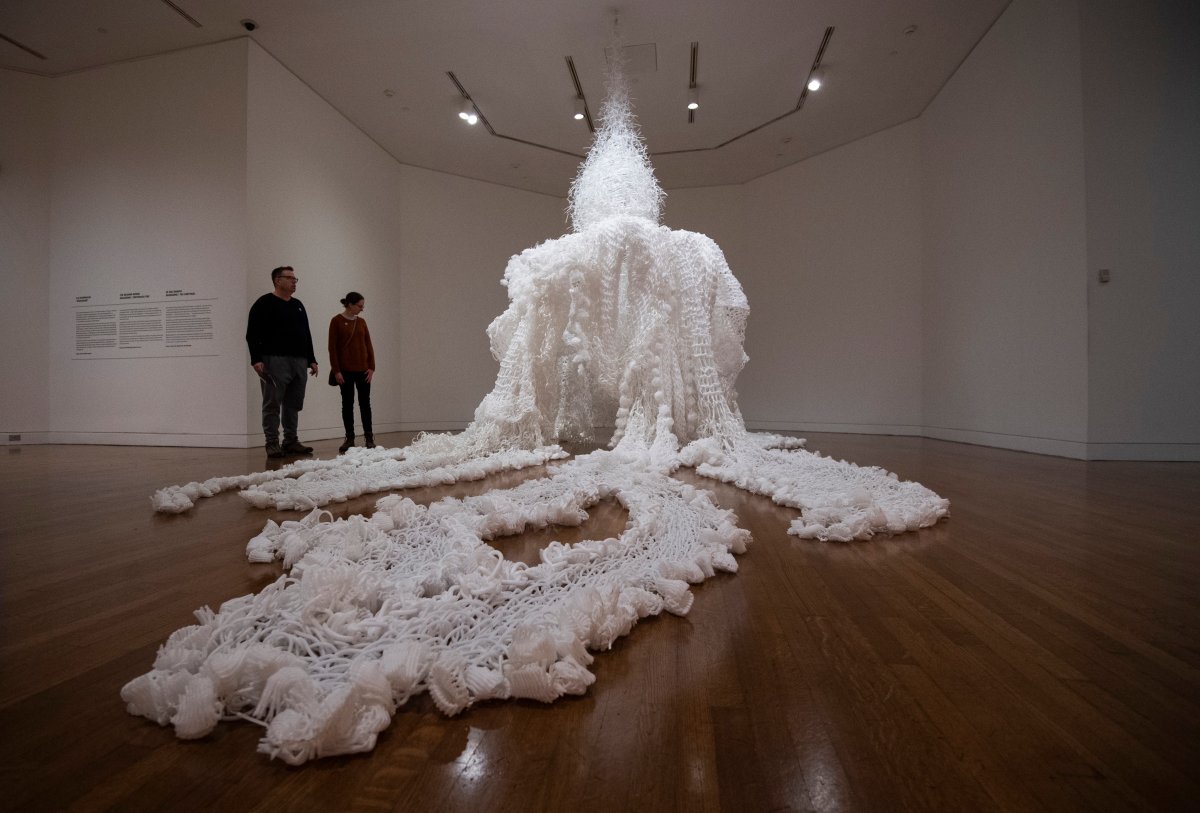



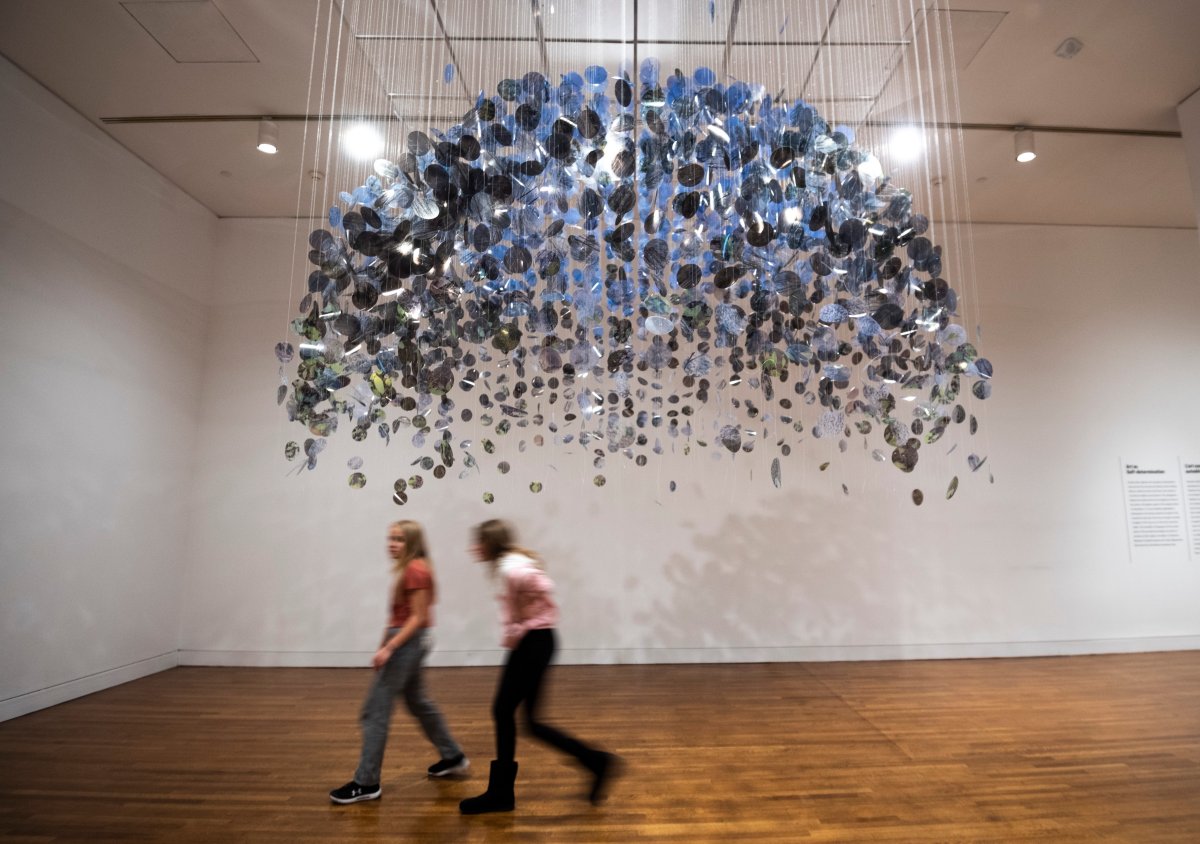
Comments